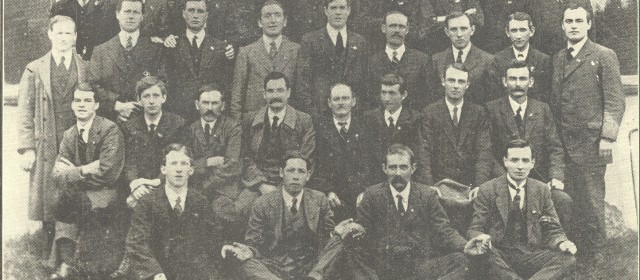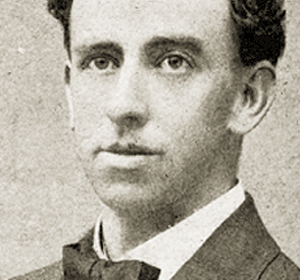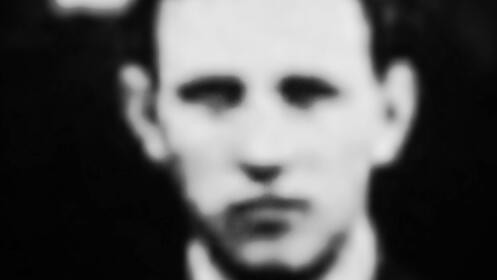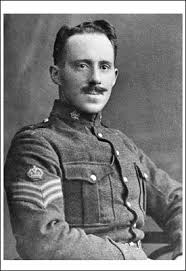As the year 1916 dawned local training in Kilkenny was dominated by the training instructions given by the volunteers who had received the benefit of the collective organised by Captain O’ Connell earlier in 1915. By February Lt Edward O’ Kelly, an organiser from General Headquarters was in location in Kilkenny and he advanced training throughout the City and county. Lee Endfields were openly carried on route marches and weekly...
Read MoreTranscribed by Larry Scallan Thomas MacDonagh: I am attending tonight as the representative of the Provisional Committee of the Irish Volunteers, we have began in Dublin and have three thousand men drilling and preparing to serve their country in this cause. Kilkenny is the first place that we are looking to in Leinster and all Ireland, for help in this movement, and from the meeting tonight we know that we had not counted falsely in...
Read MoreJames Lalor was born in 1888 in Kilkenny City. He was sworn into the IRB in 1905 as a seventeen year old by Peter deLoughry. At this time there was a resurgence of the political and military aims of the organization in the county. At the age of 26 he joined the Irish National Volunteers on 5 March 1914, when a Kilkenny City Company was formed during a large meeting was held on the parade. All new volunteers were enlisted in the town...
Read MoreAld JAMES NOWLAN and NOWLAN PARK James Nowlan’s family lived in Upper Patrick St., for a time his father Patrick, a Cooper by trade worked in Sullivans Brewery James St. but due to a down turn in the Brewing business the family moved to Monastereven, Co.Kildare where James was born in 1862. The family later returned to Kilkenny and took up residence at no 2 Troy’s Gate, where James lived for most of his life and trained as a cooper in...
Read MoreFREDRICK HALL VC 1885 – 1915 Fredrick Hall was born in James Stephens Barracks, Kilkenny on 21 February 1885. He spent a number of years in Kilkenny before moving with his family to England. His father was the Drum Major with the 5th Militia Battalion Royal Irish Regiment when he was born. He enlisted with the 8th Battalion Canadian Expeditionary Force on 23 Sept 1914 and he embarked with his unit for England on 03 Oct...
Read MorePatrick Corcoran a Kilkenny Nationalist By Patrick Neary Patrick Corcoran or Pat as he was better known was born in 1875 at 69 Upper Patrick St., where the family resided. The second son of Anne and Michael Corcoran, a whip maker by trade and a staunch Fenian who was involved in the 1867 rising. Pat served his time as a carpenter, winning many prizes at Feiseanna for his skill as a wood carver and set up his own business at the...
Read More




